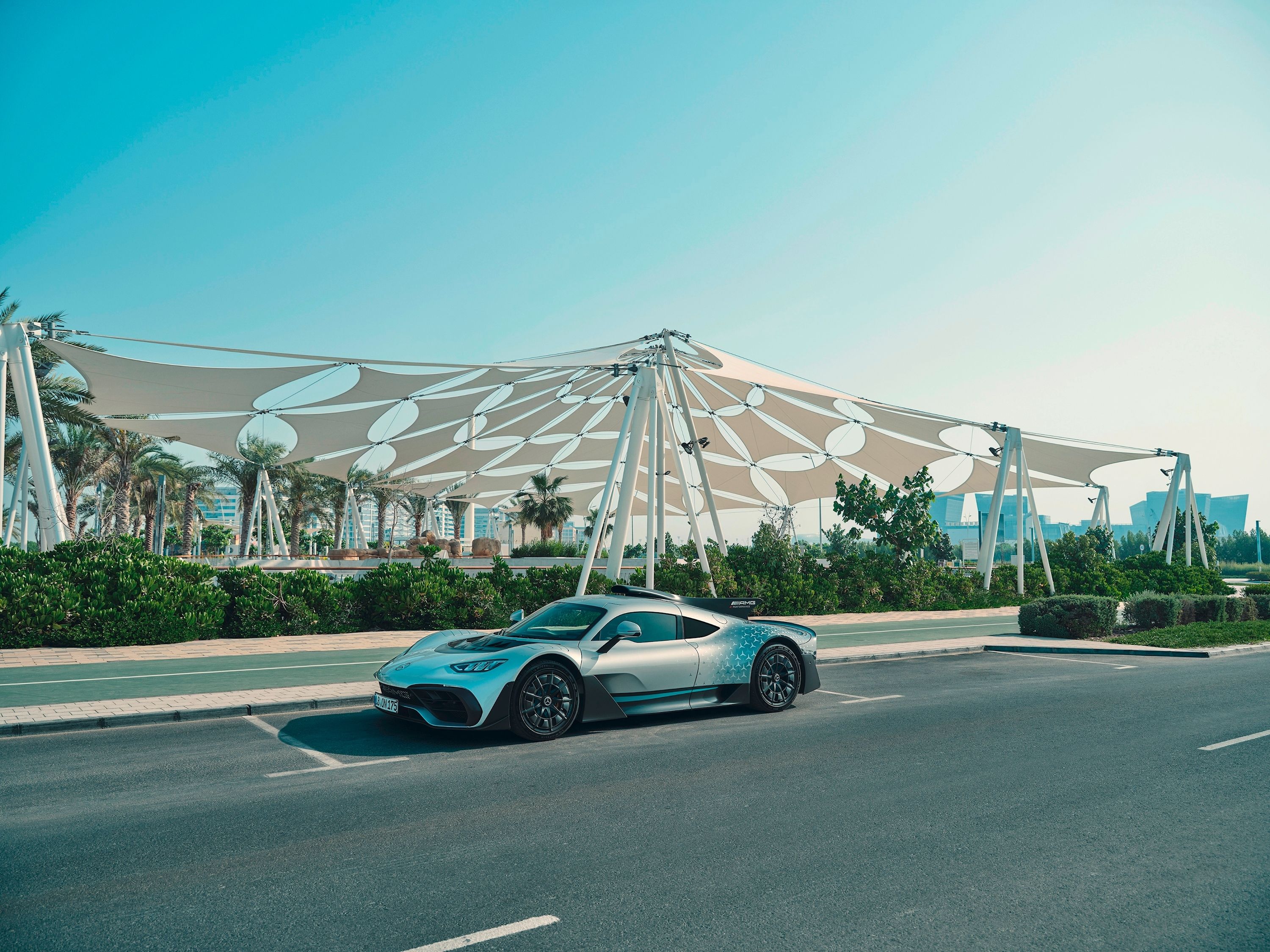
A few hours ago, just before the drivers went out on Losail International Circuit for Free Practice 2, the FIA denied Mercedes's request for a review into the now-infamous incident at Interlagos less than a week ago.
In case you missed last week's Sao Paulo Grand Prix, there are two things you need to know: Lewis Hamilton won despite all odds being against him, and Max Verstappen pulled a bold move at turn 4 of lap 48 to keep Hamilton at bay.
The stewards declared that the incident required no further investigation on the day, and Mercedes seemed to respect the verdict. This was the culmination of an already tense weekend in which Hamilton was relegated to the back of the grid in the sprint race for a rear wing rule infringement. Hamilton eventually battled his way to fifth, which put him tenth on the grid thanks to a five-place grid penalty for a new engine.
Hamilton eventually found his way through the field, finding Max Verstappen in the lead. During an attempt to overtake him, Verstappen braked late into turn 4, forcing him to go wide. This forced Hamilton to go even wider to avoid a collision.
Verstappen's defensive move was highly divisive. You either believe it was a daring but fair move to defend his position or that he intended to force Hamilton into another crash that would take both of them out of the race. That way, Verstappen would retain his spot at the top of the driver's championship.
Following the race, Mercedes chose to use the right to review clause. It essentially states that a team may ask for a review of a decision if new evidence emerges. The latest evidence in question is the video above, which wasn't available at the time of the race (Ed: this has since been removed from the channel).
Verstappen's camera was pointed to the rear for an apparent reason for all those conspiracy theorists out there. His main competition was right behind him, fighting to come through. The F1 cars only broadcast a live feed from one camera at a time, but the camera at the front keeps on recording. The footage can be downloaded after the race.
With this new evidence in hand, Mercedes approached the FIA. It was an odd move for a team that loves to state that it prefers to win on the track. If the tactic worked, Verstappen faced a five-second penalty, which would demote him to third. Valtteri Bottas would then move to second, giving a Mercedes a one-two win five days after the race. According to Mercedes' team boss, Toto Wolff, the time for diplomacy was over.
We're happy the verdict went this way because we like to see drivers score points on the grid and not days later due to a closed-door hearing. Formula 1 is a spectator sport, after all.
Verstappen's move is also nothing new. Various drivers, past and present, are known for forcing their competitors into a tough spot, letting them choose whether they want to have a crash or not. In this case, Hamilton was wise to go wider. He soon had another chance to pass, which he did, and well done to him.
Now that this nastiness is behind us, we can focus on the Qatar Grand Prix. May the best man win.
